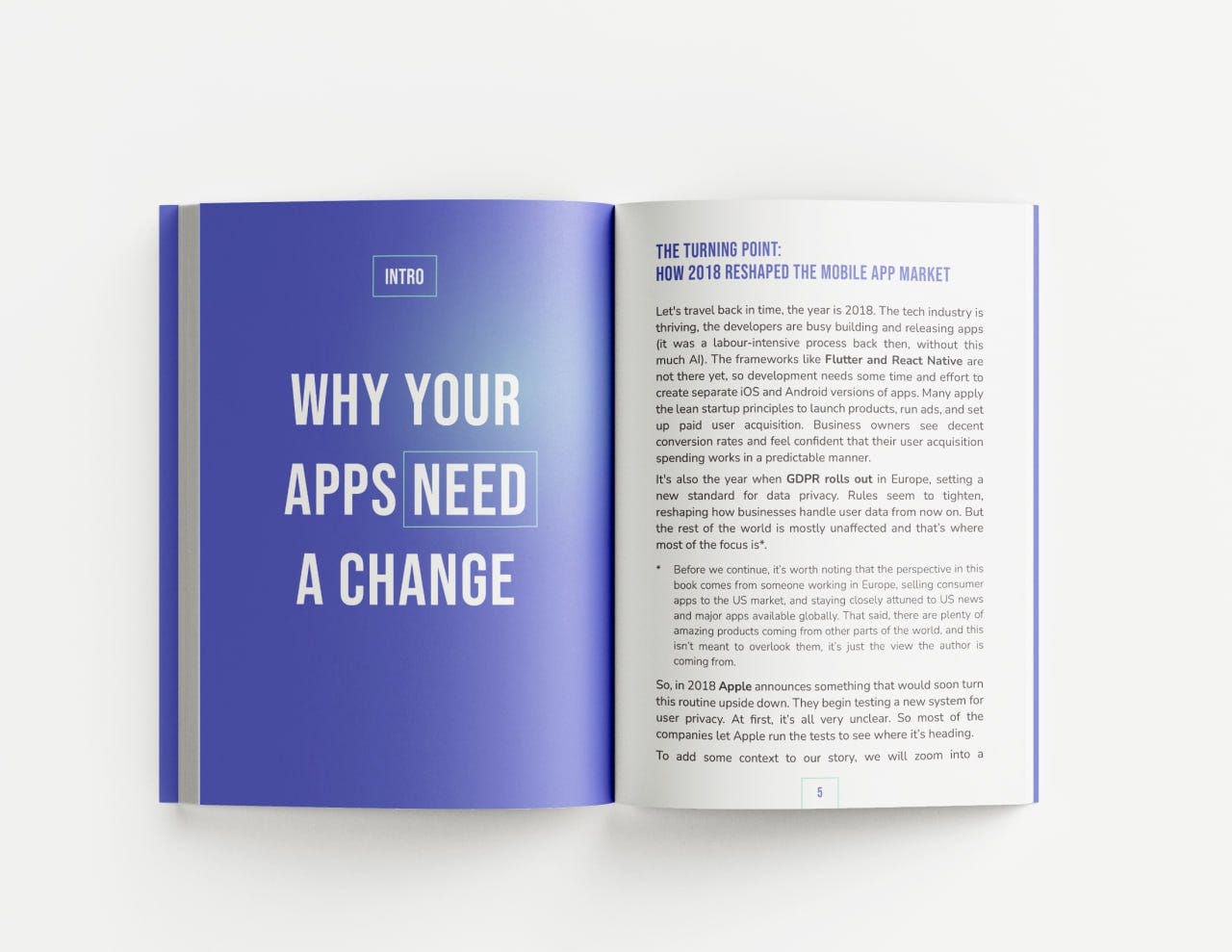I recently had a chat with someone from the industry. We were deep into a conversation about onboarding flows when we realised—halfway through—that we were talking about completely different things.
They meant the actual survey/quiz screens. I was describing a conversion-optimised sequence that starts with an ad click and ends in a successful purchase and the user heading to the app.
So I figured it’s time to clear things up. Here’s how I define a few onboarding-related terms when I use them in client work or on LinkedIn.
B2B vs B2C Onboarding
Two different beasts.
B2B onboarding is often tied to sales cycles, demos, and internal buy-in. The flow might span across weeks. But there’s also the first-time user experience to consider—things like welcome screens, setup wizards, initial form entries, and early feature tutorials. These steps are still onboarding. Success looks like: "The team is using it, and no one’s complaining."
B2C onboarding is much faster. It's about moving the user from the problem through desired outcome with urgency. You're often working with minutes, not days. Success looks like: "The user saw the ad, signed up, completed X steps, bought and is now a paying subscriber."
Onboarding Flow vs Onboarding Flow
Same words, different zoom levels.
Some people mean the technical onboarding flow—account creation, verification, first use.
Others (myself included) look at the whole journey from first interaction (think: ad click or website visit) all the way to a payment. That includes lead capture, survey/quiz, signup, purchase, CRM (emails and push), first time user experience post-purchase, and more.
It’s not that one is better than the other—it’s just good to know what zoom level we’re talking about.
Web Onboarding vs App Onboarding
There’s a reason I often say web onboarding.
Let’s stop here for a second, and define it properly. Web onboarding is a user acquisition flow that begins outside of mobile app stores, guiding potential users through a seamless, web-based introduction to a product or service.
Typically delivered via a quiz, funnel, or questionnaire, web onboarding allows app owners to engage users directly, personalize their experience, and build interest in the app before installation. Unlike traditional app onboardings, it provides more control over tracking, data transparency, and customization while bypassing app store restrictions. This approach increases flexibility for testing, pricing, and optimization, creating a more dynamic and tailored user journey.
Another great thing about web onboarding is that by sending users to the web page instead of the app store, you access a whole different auction—users who buy on web, e-commerce buyers. Suddenly you’re not competing with the app installs and purchases but with online websites.
This makes pricing on web different than app pricing. Users might hesitate to buy an app subscription for $70/year in the app store, but buying that same subscription on a website? That feels normal.
Still, it’s 2025 and web onboarding isn’t as widespread as you'd expect. We don’t even have a shared name for it—some say web2app, others call it web flow or onboarding (which often sounds B2B).
It’s growing in popularity, but many still don’t fully understand it. Partly because it lives in a grey zone—neither fully allowed nor clearly blocked.
That ambiguity is part of the appeal and the challenge. Web onboarding won’t fix everything, but it can give you back some control—over data, spend, and how you guide users.
Web Onboarding deserves its own book (so I wrote one)
I go much deeper into all of this in my upcoming book on web onboarding for B2C apps. It’s packed with practical breakdowns, examples, and no-fluff strategies for turning curiosity into commitment. Will be out in a few weeks.
How I Use the Word Onboarding
When I say onboarding, I usually mean:
The intentional steps that turn someone curious into someone committed.
It’s more than a form or a welcome screen. It’s your best shot at turning interest into trust.
If this resonates—or if you strongly disagree—hit reply. Always up for a nerdy breakdown of flows.
Until next time.






